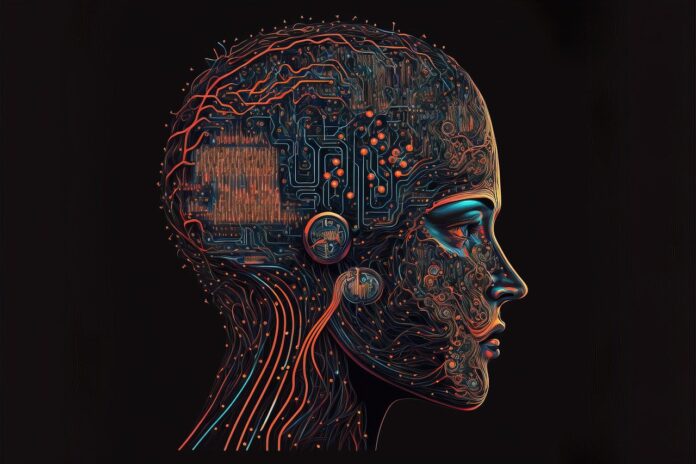In recent years, artificial intelligence (AI) advancements have revolutionized various industries, from healthcare and finance to transportation and entertainment. But now AI in arts is a new dimension of artificial intelligence. However, one area where AI is making particularly significant strides is in the realm of art and creative expression. In this article, we’ll explore the intersection of technology and art and how AI is reshaping the creative landscape in unprecedented ways.
Table of Contents
AI in the Creative Process:
Traditionally, art creation has been considered a human endeavor driven by imagination, emotion, and personal expression. However, AI technologies such as machine learning, neural networks, and generative algorithms challenge this notion by enabling computers to autonomously generate, analyze, and manipulate artistic content.
Generative Art and Neural Networks:
Generative art refers to artwork created using autonomous systems, often leveraging algorithms and computational processes to produce novel and unexpected results. Neural networks, inspired by the structure and function of the human brain, have proven particularly adept at generating realistic images, music, and text that mimic the style and characteristics of human-created art.
Applications of AI in the Arts:
AI is employed across various artistic disciplines, including visual art, music, literature, and performance. Some notable applications of AI in the arts include:
Visual Art: AI algorithms can generate realistic images, create digital paintings, and even produce artwork in the style of famous artists.
Music Composition: AI-powered systems can compose original music, analyze musical patterns, and even generate melodies based on input from human composers.
Literature: AI algorithms can write poetry, generate stories, and analyze vast collections of text to extract themes and insights.
Performance Art: AI-driven robots and interactive installations are pushing the boundaries of performance art, blurring the lines between human and machine creativity.
Ethical and Philosophical Considerations:
The rise of AI in the arts raises important ethical and philosophical questions about authorship, creativity, and the nature of art itself. Critics argue that AI-generated art lacks traditional artwork’s human touch and emotional depth. At the same time, proponents view it as a tool for expanding artistic possibilities and challenging conventional notions of creativity.
As AI continues to evolve and permeate various aspects of our lives, its impact on the arts is undeniable. Whether viewed as a threat to traditional artistic practices or a catalyst for innovation and experimentation, AI is reshaping the creative landscape in profound and fascinating ways, inviting us to rethink our perceptions of art, technology, and human creativity.
References:
Model Training – DevStream. https://tbekk.com/devstream/blog/tag/model-training/



[…] AI technologies, such as machine learning and natural language processing, are being employed to assist in the diagnosis and treatment of diseases. By analyzing vast amounts of medical data, AI can identify patterns and markers that may be missed by human clinicians, leading to more accurate and timely diagnoses. For instance, AI can significantly improve the analysis of medical imaging, such as MRI scans and X-rays, by detecting anomalies quickly and accurately. This not only enhances the diagnostic process but also streamlines the treatment analysis, providing clinicians with data-driven insights that were previously unattainable. […]